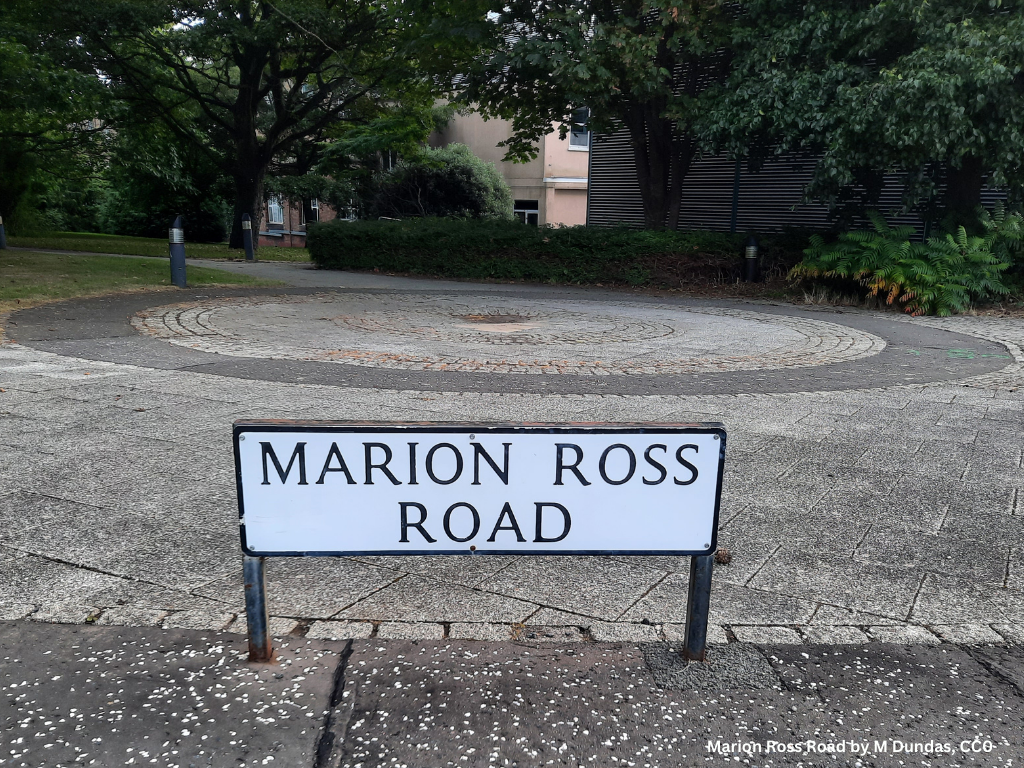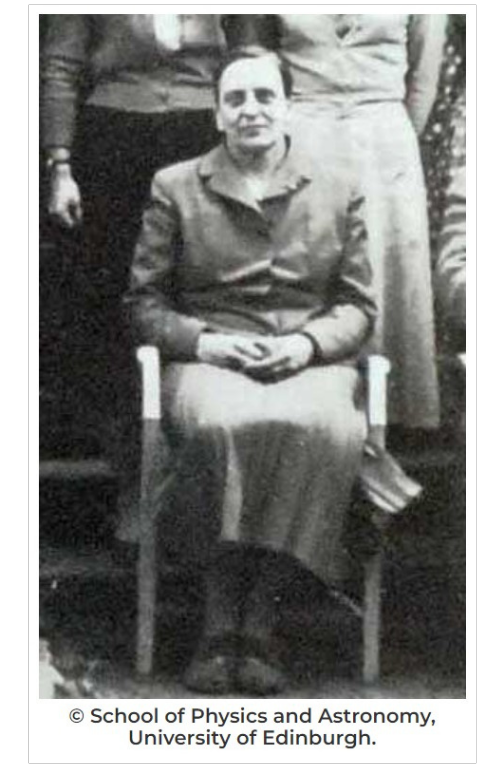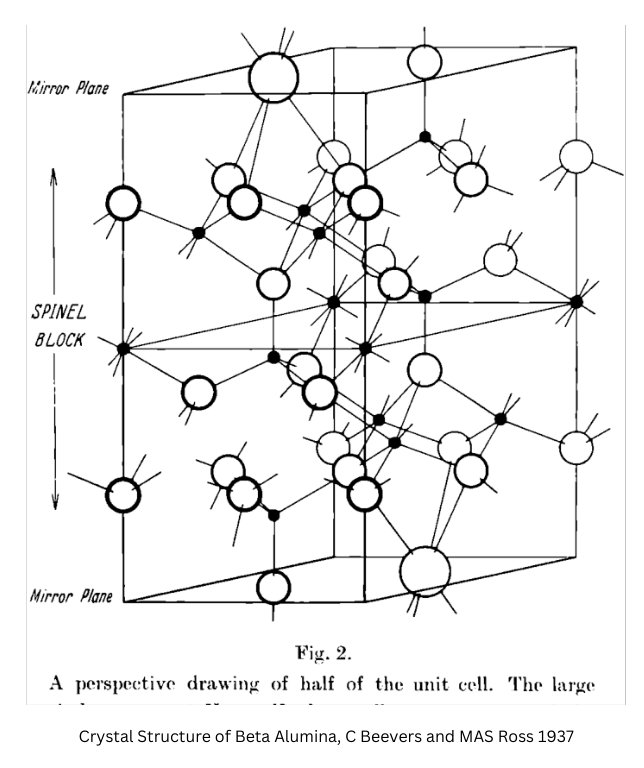Christina Miller Building, 75 James Dewar Road, Edinburgh, EH9 3BG
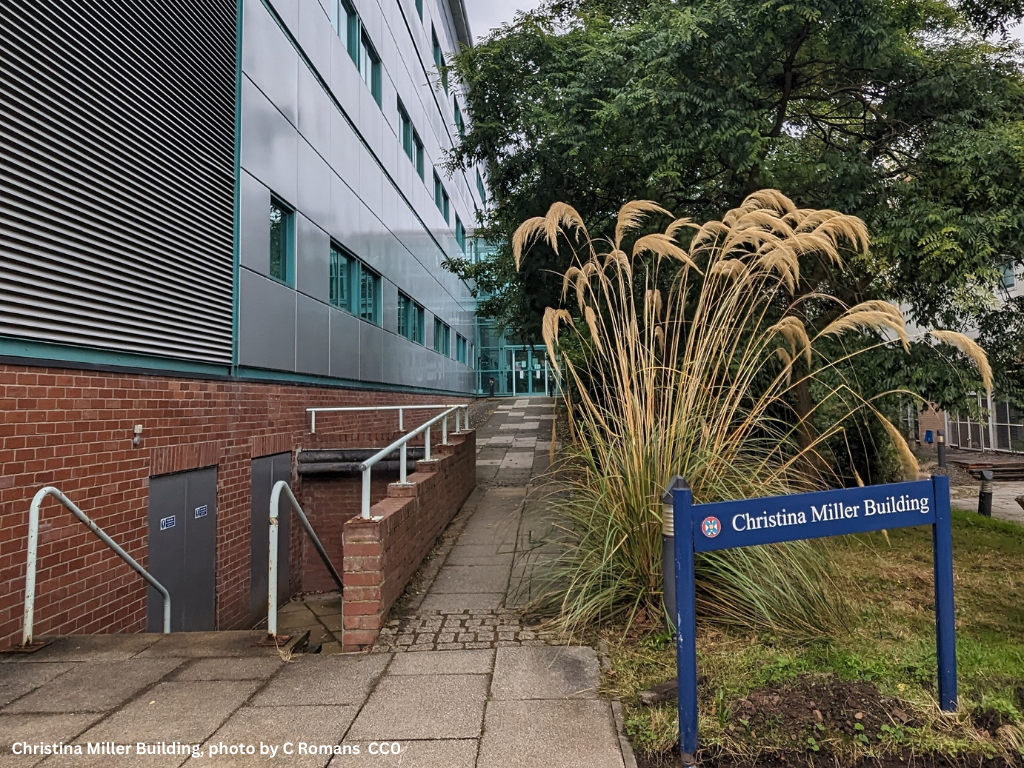
Christina Miller (1899 – 2001) was a Scottish chemist and the first female chemist to be elected to the Royal Society of Edinburgh. Miller suffered from various childhood illnesses which caused severe damage to her hearing, and as a result many career pathways were closed to her. However, she decided to study chemistry at the University of Edinburgh and Heriot-Watt University. She graduated with a special distinction, the class medal and the Vans Dunlop Scholarship. Miller went on to pursue a PhD, and her work was published in the Proceedings of the Royal Society. Post-PhD, Miller obtained the first ever sample of pure phosphorus trioxide and became so successful in her field that she obtained a Doctor of Science (DSc) before the age of 30. She was one of the first women to become a Fellow of the Royal Society of Edinburgh in 1949. Her vast contributions to chemistry are honoured by the Christina Miller Building in the King’s Buildings at the University of Edinburgh.
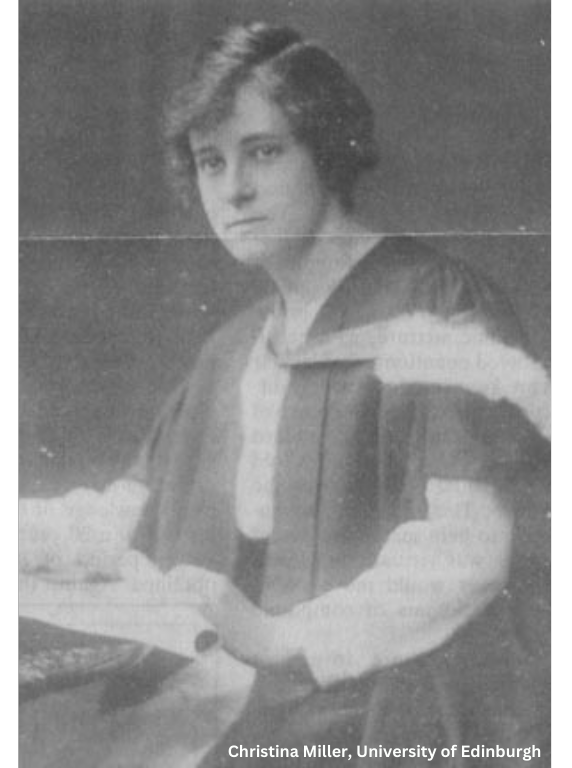
Christina Miller, graduation photo, 1920s
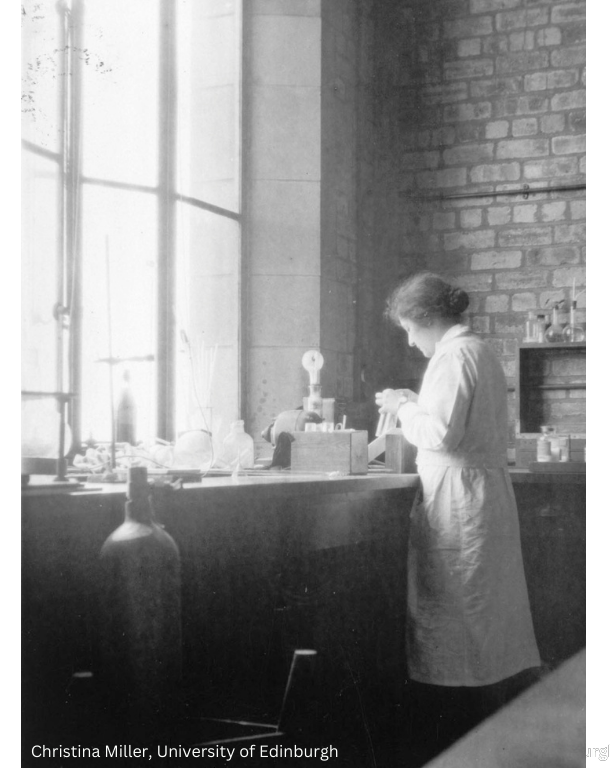
Christina Miller in the chemistry lab, 1930s
Sources:
- “Christina Miller.” Wikipedia, Wikimedia Foundation, 7 June 2023,https://en.wikipedia.org/wiki/Christina_Miller
- “Christina Miller.” Celebrating Diversity: Inspiring Women in History, The University of Edinburgh, https://www.ed.ac.uk/equality-diversity/celebrating-diversity/inspiring-women/women-in-history/christina-cruikshank-miller . Accessed 14 Sept. 2023.
Additional link:

